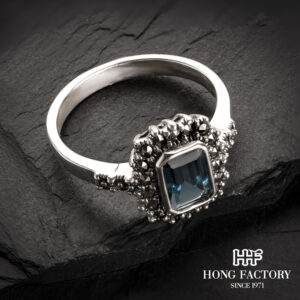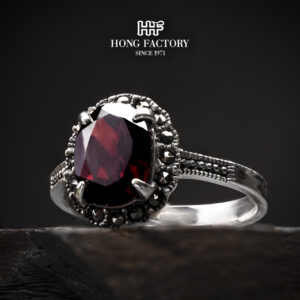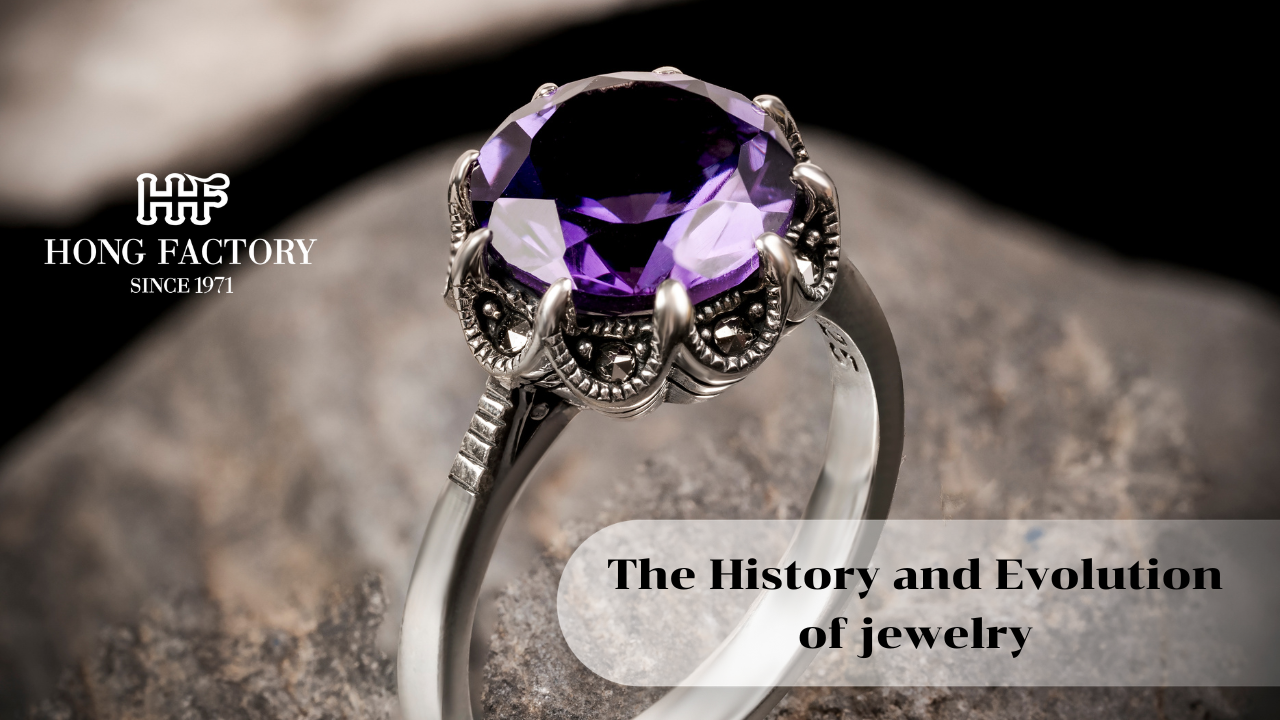jewelry has been a symbol of beauty, power, and personal expression for thousands of years. From ancient civilizations to modern fashion, jewelry has played a key role in human culture. Gold jewelry, silver jewelry, gemstone jewelry, and fine jewelry evolved over time, reflecting artistic trends, technological advancements, and cultural values. Today, jewelry not only represents style but also identity, emotion, and status. Understanding the history and evolution of jewelry helps us appreciate its cultural significance and modern appeal. 925
Early History of jewelry

1: Ancient Civilizations
Egyptians: Used gold jewelry, turquoise, and lapis lazuli to symbolize status, spirituality, and protection. Jewelry was worn by pharaohs, nobles, and priests to showcase wealth and divine favor.
Greeks and Romans: Crafted intricate designs in gold and silver jewelry, often featuring mythological motifs. Gemstone jewelry, including emeralds, sapphires, and rubies, was used to signify wealth, social rank, and personal achievements. Rings became a symbol of marriage, status, and commitment.
Chinese and Indian Cultures: Focused on gemstone jewelry with symbolic meanings. In China, jade and gold jewelry represented virtue and immortality. In India, intricate gold designs and gemstone jewelry played important roles in rituals, weddings, and traditional ceremonies.
2: Medieval Europe
During the Middle Ages, jewelry was predominantly worn by the elite. Gold jewelry and gemstone jewelry symbolized wealth and social rank, while silver jewelry became accessible to merchants and the middle class. Brooches, rings, and necklaces were designed with elaborate craftsmanship, reflecting social hierarchy and religious beliefs. Jewelry also served as an investment, as precious metals and stones retained value over time.
3: Renaissance Artistry
The Renaissance era introduced creativity and artistry to jewelry. Artisans created detailed designs using enamel, gemstones, and precious metals. Luxury jewelry became a reflection of individuality and sophistication. Fine jewelry from this period emphasized aesthetics, with pearls, diamonds, and colored gemstones incorporated into necklaces, rings, and earrings. Handmade jewelry started gaining recognition as an art form, bridging function with creative expression.
Modern Jewelry Evolution
1: Industrial Revolution and Mass Production
With industrialization, jewelry became more accessible to the general public. Mass production techniques allowed silver jewelry and fashion jewelry to reach middle-class buyers. Rings, bracelets, earrings, and necklaces could now be purchased for personal style rather than solely for status. Jewelry trends evolved rapidly, with consumers exploring both traditional and modern designs.
2: Contemporary Jewelry Trends
Minimalist Jewelry: Delicate chains, thin rings, and simple pendants are favored for everyday wear. Minimalist gold jewelry and silver jewelry offer timeless elegance.
Statement Jewelry: Bold necklaces, oversized earrings, and chunky rings dominate fashion-forward looks. Gemstone jewelry and luxury jewelry are often chosen to make a dramatic impression.
Handmade Jewelry: Unique and personalized pieces crafted by artisans are increasingly popular. Handmade jewelry appeals to eco-conscious consumers and those seeking one-of-a-kind designs.
Layered Jewelry: Layered necklaces, stackable rings, and multi-bracelet combinations allow for personalization and creativity. Jewelry trends in 2025 emphasize versatility and mixing metals, gemstones, and textures.
3: Materials and Craftsmanship
Gold Jewelry: Durable, prestigious, and available in yellow, white, and rose gold. Ideal for fine jewelry, engagement rings, and luxury jewelry collections.
Silver Jewelry: Versatile and affordable, suitable for casual and formal wear. Sterling silver (925) is the most common form used in fashion jewelry.
Gemstone Jewelry: Adds color, symbolism, and elegance. Diamonds, sapphires, rubies, emeralds, and semi-precious stones enhance luxury and fine jewelry pieces.
Handmade Jewelry: Highlights craftsmanship and individuality. Often blends traditional techniques with modern designs, appealing to collectors and enthusiasts of unique jewelry.
The Role of Jewelry in Culture and Fashion

1: Symbolism and Personal Expression
Jewelry communicates more than style. It conveys social status, identity, and emotional significance. Engagement rings, heirloom pieces, and custom-made jewelry carry personal stories. Gemstone jewelry and luxury jewelry often hold historical and sentimental value.
2: Jewelry as Fashion
Modern jewelry complements clothing and elevates personal style. Layering necklaces, stacking rings, and combining bracelets are popular ways to express personality. Fashion jewelry allows experimentation with trends and bold colors, while fine jewelry ensures timeless elegance.
Conclusion
The evolution of jewelry reflects human creativity, culture, and innovation. From ancient gold and silver jewelry to modern gemstone, fine, handmade, and fashion jewelry, each piece tells a story. Understanding history and contemporary jewelry trends enhances appreciation of its beauty and significance. Whether for personal expression, cultural symbolism, or fashion, jewelry continues to inspire and captivate people worldwide. By selecting materials, styles, and designs thoughtfully, anyone can build a timeless collection that combines aesthetics, meaning, and enduring quality.
